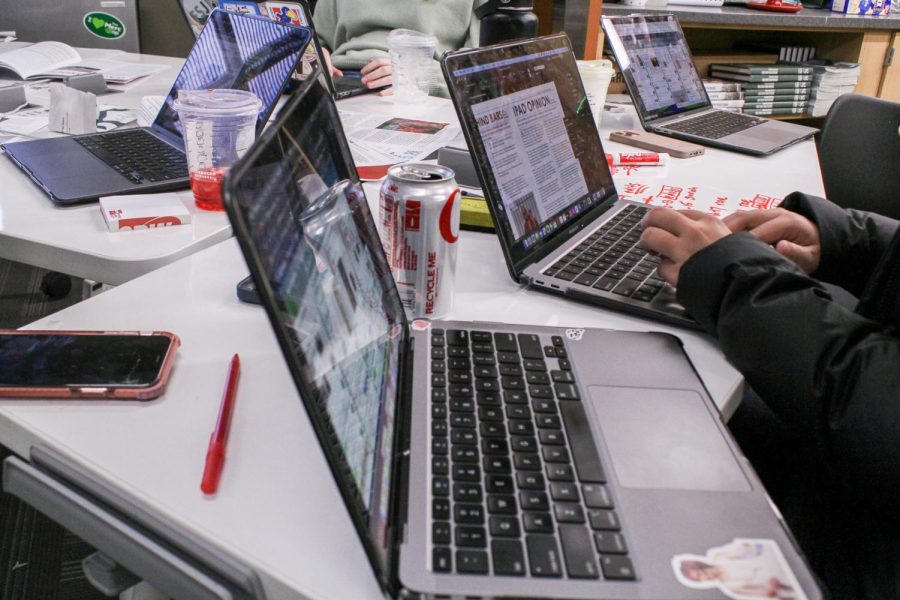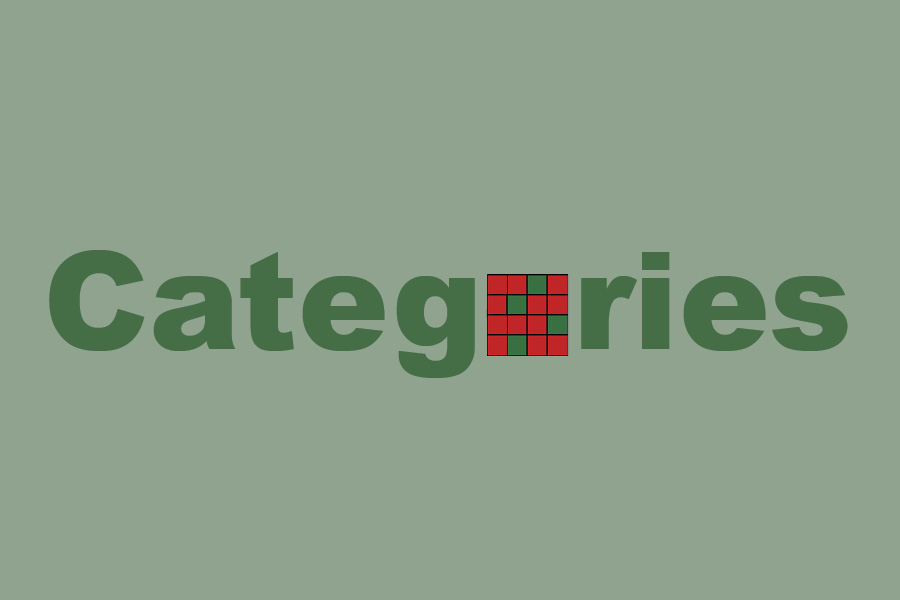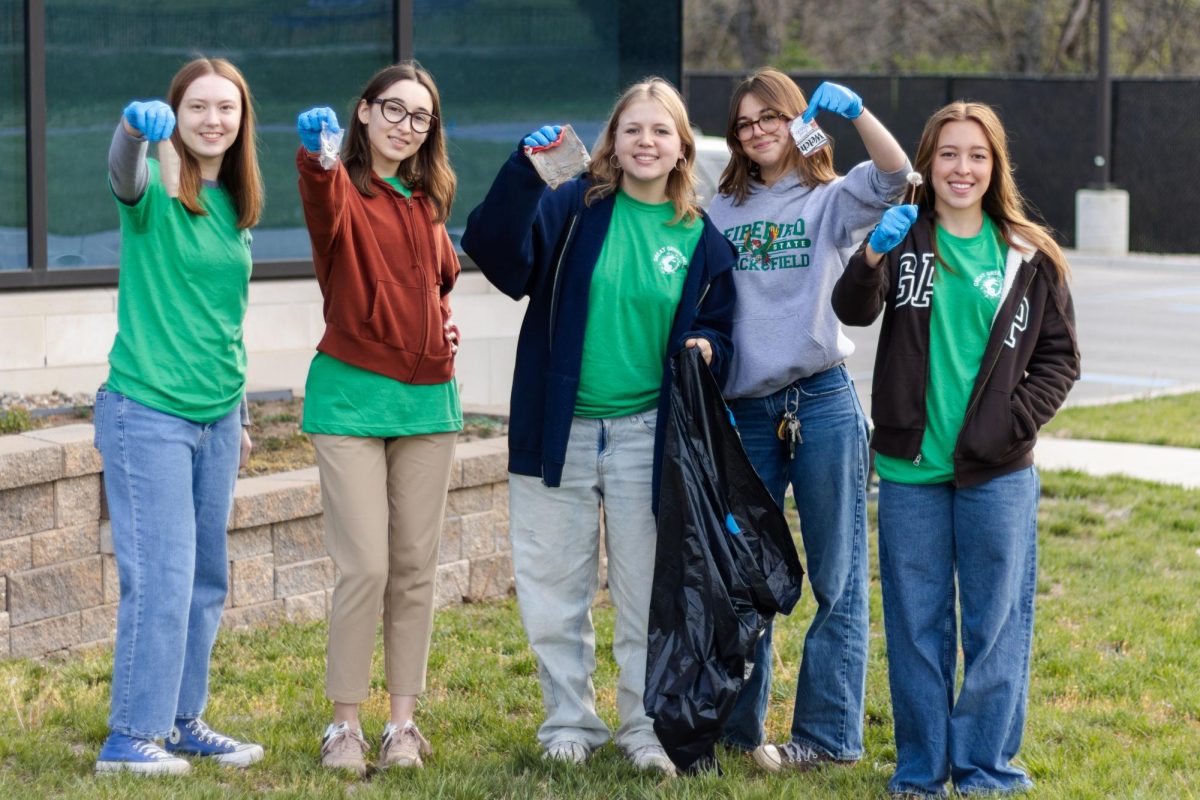EDITORIAL: iPads: An Equity Issue
The transition to iPad’s is masking a deeper issue of equity between students
Senior Evan White edits news spread on Adobe InDesign while looking at newspaper planning website.
February 19, 2023
Although the recent decision by the USD 497 school board to switch from MacBooks to iPads is estimated to save $4 million in capital outlay funds and $600,000-$750,000 in general fund repair costs over a three-year term, this decision has raised concerns among students, staff and community members regarding equity in the classroom.
While some students can afford personal laptops to use in place of the iPads, others from low-income families will be left with a much less efficient alternative. With the school’s reliance on technology, this change is likely to create inequalities and put underprivileged students at a disadvantage.
Technology Director David Vignery said in a USD 497 school board press release that the iPads with keyboards, cases, trackpads and pens will enable similar word processing and additional functionality for high school students. Contrary to this, iPads lack the capabilities many students rely on.
MacBooks are much more effective for multitasking, with the ability to run multiple applications and programs simultaneously. Not only are iPads less effective, they are also not fully functional with programs such as Adobe programs or Microsoft Word documents.
Not having full access to these programs could hinder students’ productivity in Career Technical Education classes, including graphic design, photography and video production. Participation in school programs like journalism, debate, Firebird Design Team and others will also be restricted.
Though the district plans on providing laptops to specialized classrooms, realistically, this system will not be efficient. For teachers and students, having classroom laptops means starting and ending class with checking out laptops, signing in and returning them all within the 55-minute class period. Only having access to these MacBooks during class time prevents students from completing work outside of class.
However, the majority of high school students balance busy schedules, enrolling in seven courses and involving themselves in extracurriculars, so students will inevitably have to dedicate time outside of school hours to complete unfinished work. The transition to iPads will limit out of class efficiency, and furthermore could potentially slow down students without laptops leading them to fall behind.
This decision will sacrifice many students’ access to a versatile device that meets modern learning needs. Having a laptop is a technological advantage that will create a large division between students who can afford personal laptops and those who cannot. The lack of proper technology can limit students’ ability to participate in online learning, classroom collaboration and accessing educational resources.
To ensure that students do not face technological disadvantages due to financial difficulties, the school district must address this issue and find a solution that is more efficient than checking out laptops in class.









